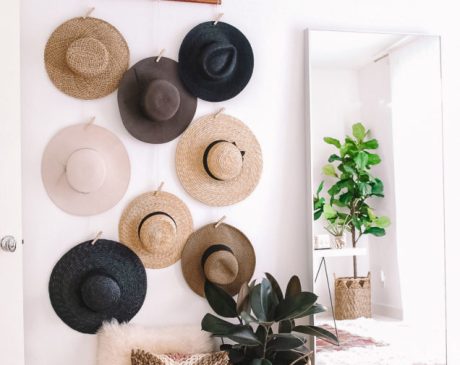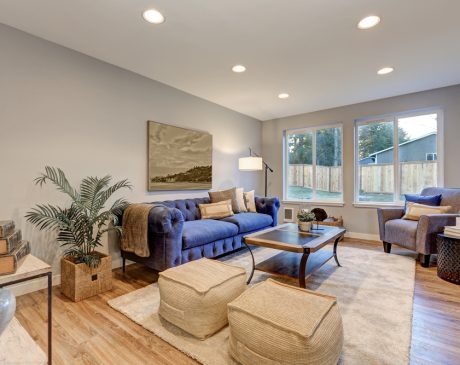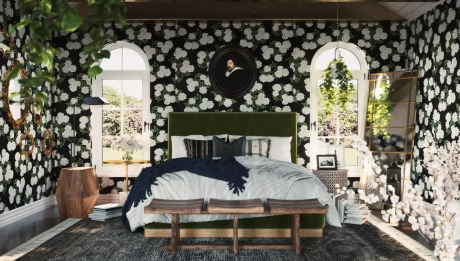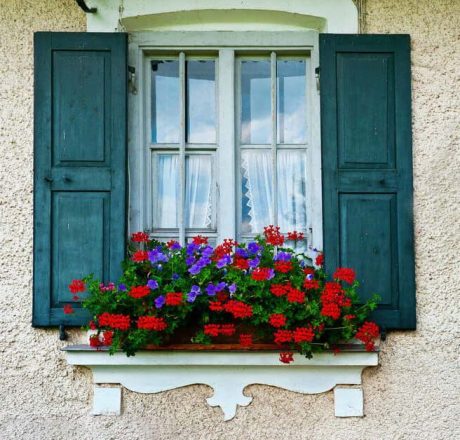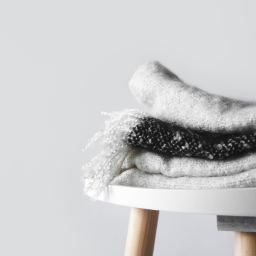Best Colour Light for Sleep
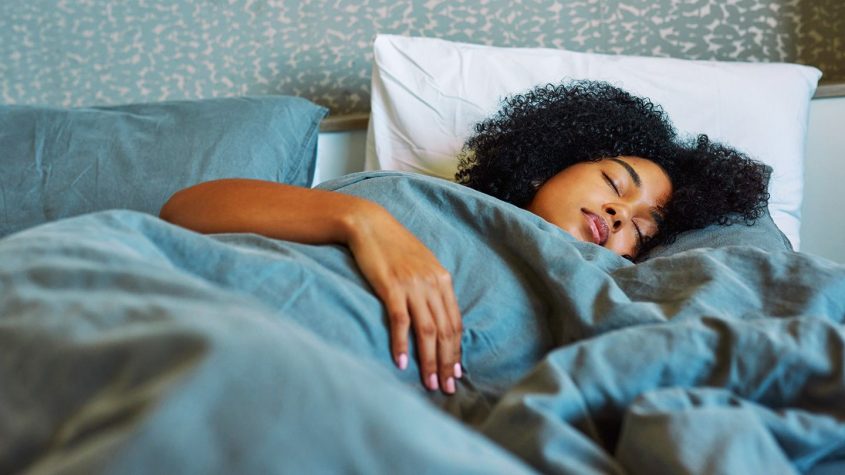
Tossing and turning in bed for sleep to visit you is the most common thing among everyday struggles. Well, you’re not alone.
Believe it or not, many blame the insomnia, or disturbed for that matter, on the mental stress that they might have. As much as mental and physical health has so much to do with anyone’s sleep, you need more to know.
In today’s fast-paced world, achieving restful and rejuvenating sleep is more important than ever. Working on your mental and physical health is a longer process, and your body needs rest to deal with it.
Worry not, and you have one factor in your hand that influences your sleep: the Light you’re exposed to. Light has a significant impact on your sleep. This comprehensive guide will take you to figure out the best color light for sleep and more about the light phenomena.
Best Colour Light for Sleep
When focusing on creating a sleep-friendly environment, the warm red and amber light hues take all the attention. Let’s take a quick look at the importance of these colors and their importance in promoting a good night’s sleep.
1. Amber Light Lamp
Feeling calm is a big factor in increasing the melatonin content in your body to promote sleep. Well, the golden glow of serenity, Amber light provides just that.
The warm color in the amber light lamps has a gentle and soothing effect on our senses, creating a tranquil atmosphere encouraging relaxation, and releasing the tension accumulated throughout the body.
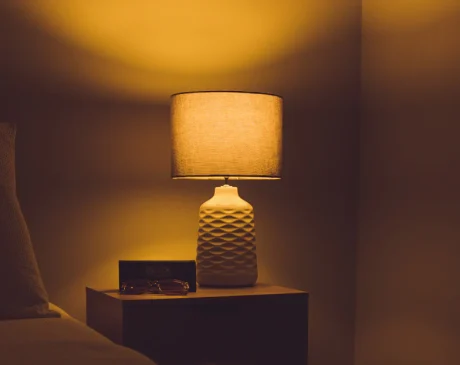
In the evening, when the daylight fades, and darkness descends, incorporating amber light into your sleep sanctuary can help signal your body that it’s time to unwind. Mimicking the natural glow of sunset, an amber light is the best color light for sleep, aiding the natural production of melatonin, the hormone that regulates the sleep-wake cycle.
Allow your body and mind to find solace and drift into restorative sleep by using the best color light for sleep, Amber.
2. Red Light Lamp
Associated with warmth, passion, and tranquillity, Red Light plays a unique role in your sleep journey. In the context of sleep, red light minimally disrupts our body’s production of melatonin compared to other colors on the light spectrum.
When exposed to red lights, your brain and eyes perceive the darkness of night, preventing any significant interference with your natural circadian rhythm.

Using red colors in the bedroom is especially beneficial for those who may need a minimal amount of light during the night. Those include those who wake up frequently in the middle of the night or need to navigate the bedroom without fully disrupting the sleep cycle.
Red lights are the best color light for sleep when you require uninterrupted rest with minimal lighting in the room. If you feel red might be bright in your bedroom, try finding a red light lamp that’s adjustable according to color temperatures, and that should help with better sleep without having sudden brightness embracing the rest time.
Comparison Table: Amber Light or Red Light
Both colors discussed are the best color light for sleep. However, here’s a table to compare both lights, and this should help in your decision-making process.
|
Characteristics |
Red Light |
Amber Light |
|
Color Tone |
Warm, deep red |
Soft, golden yellow |
|
Sleep Benefits |
Minimally disrupts melatonin production |
Promotes melatonin production |
|
Relaxation Effect |
Creates a calming atmosphere for uninterrupted sleep |
Encourages relaxation and stress relief |
|
Circadian Rhythm |
Preserves natural wake-sleep cycle |
Aids in transitioning from wakefulness |
|
Regulation |
Cycles during exposure |
To restful sleep |
|
Minimal Interference With Melatonin |
Does not significantly disrupt melatonin production |
Minimises interruption with melatonin production |
Science Behind Light and Sleep
1. Role of Melatonin in Sleep Regulation

To understand the light color of sleep, it’s best to know the role of Melatonin, a hormone that plays a crucial role in regulating sleep-wake cycles. Melatonin is produced in the pineal gland, and it talks about the responsibility of signaling your body when it’s time to sleep.
The production of Melatonin is mainly influenced by one factor, that light, especially blue light. Having exposure to blue light reduces the chance of production of Melatonin.
2. Effects of Blue Light on Sleep
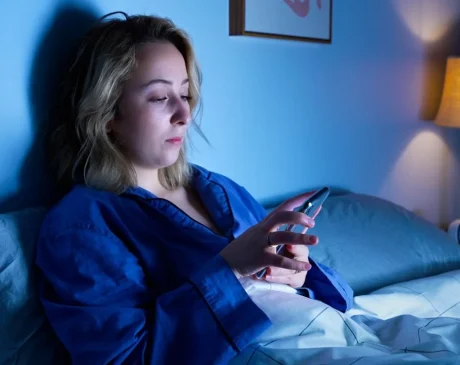
As we discussed, blue light has the ability to impact melatonin production in a negative way. Let’s explore more about blue light.
The blue light that’s emitted from electronic devices and energy-efficient light bulbs has recently gained attention due to its disruptive effects on sleep. Multiple researches have proved that exposure to blue lights, especially in the evening hours, suppresses the production of melatonin.
This eventually leads to difficulty falling asleep and disrupted sleep patterns.
3. Benefits of Warm Light for Sleep

The primary reason why warm colors are best for your sleep is that they have longer wavelengths and lower color temperature, creating a cozy and relaxing temperature.
Warm colors like red, orange, or yellow (well, orange and yellow give you the amber light effect) are the most soothing and sleep-friendly light compared to blue light.
Strategies with Light to Help You Sleep
While, like every work, it has tricks to get it done easily, sleep has its won in the context of light. Here are 2 methods you can try to help with your sleep cycle.
Adjusting Lighting in the Evening and Before Bedtime
In the modern world filled with bright screens and artificial lighting, making conscious adjustments to your lighting in the evening and at bedtime helps create an environment that promotes better sleep.
The following are a few tricks for you to follow in adjusting the lighting:
- As the evening approaches, gradually dim the lights to mimic the natural transition from daylight to darkness. This is to signal your body that it’s time to wind down.
- Choose light bulbs with warm color temperatures, such as amber or soft white. Selecting light bulbs with warm tones helps reduce the exposure of blue and bright lights.
Sleep-Friendly Lighting Solutions
Buying and incorporating lights that promote relaxation, minimize sleep disruptions, and help with a good sleep-wake cycle is crucial.
The following are sleep-friendly lighting solutions you can buy to optimize your surrounding for better sleep:
- Soft and warm lights emit a gentle glow similar to candlelight.
- Dimmable lights to adjust the brightness according to your preferences.
- Night lights with gentle illuminations help you navigate your bedroom without fully waking up.
- Lighting control systems are a great way to customize your lighting according to your sleep routine. With a busy lifestyle preference, such systems can be a lifesaver.
- Light filters help create a dark and peaceful environment, promoting deeper and restorative sleep. You can also try adding blackout curtains to the bedrooms to blackout external light in your room.
- Try exploring the smart lighting solutions that can be controlled with mobile applications. They offer features like gradual dimming and color temperature adjustment, along with aligning based on your sleep needs.
Lifestyle Factors to Keep in Check
Light plays a vital role in your daily life, especially when it comes to sleep and overall well-being. So how can you make the most of light to ensure a good night’s sleep?
In this section, you’ll explore the impact of light on your body and share practical tips to manage light exposure throughout the day.
Managing Light Exposure Throughout the Day
1. Embrace the Morning Sun
Nothing can beat the magic of starting your day with a dose of natural light. Throw open the blackout curtains and let the morning sun greet you. You could also take a walk outside to soak in the rejuvenating rays. Natural light in the morning resets your internal clock and boosts alertness for the day ahead.
2. Create a Light Balance
While natural light is your best friend in the mornings, it is crucial to limit artificial light in the evening. As the sun sets, try to rely more on softer, warm-colored lighting in your home. Using a dimming light in the evenings will prepare your body ready for restful sleep.
3. Filter Out the Blue Light
Blue light from electronic devices disturbs your sleep cycle. Try minimizing exposure to blue light, especially during the evening, using screen filters or enabling blue light filters on your device. Even wearing blue light-blocking glasses to protect your eyes and promote better sleep.
Know the Benefits of a Well-Regulated Circadian Rhythm
Taking the time to manage your light exposure throughout the day can yield numerous benefits for your sleep and overall health.
- You get to enjoy a blissful sleep. A well-regulated sleep cycle promotes deep sleep, helping you wake up feeling refreshed and ready to tackle the day.
- Proper light management uplifts your mood and boosts your energy levels. Soaking in natural light during the day can combat fatigue, enhance your mood, and keep you feeling energized.
- Your cognitive function, memory, and concentration improve when the sleep cycle is in sync. Optimizing your light exposure, you’ll experience increased alertness and mental clarity throughout the day.
- Maintaining a proper sleep cycle helps release hormones like melatonin, cortisol, and insulin. Eventually, this promotes overall hormonal health.
Conclusion
Mastering the art of light exposure and finding the best color light for sleep may seem like a daunting task, but it is certainly achievable with the help of this comprehensive guide. This comprehensive guide not only helps you figure out the best color light for sleep but also helps you figure out how light exposure plays a vital role in your sleep cycle.
Explore the intricacies of light exposure, embrace the soothing hues that promote relaxation, and bid farewell to restless nights.
So, go ahead and let the guide help you in figuring out the best color light for sleep and embrace your peaceful slumber and refreshed start for each morning.


